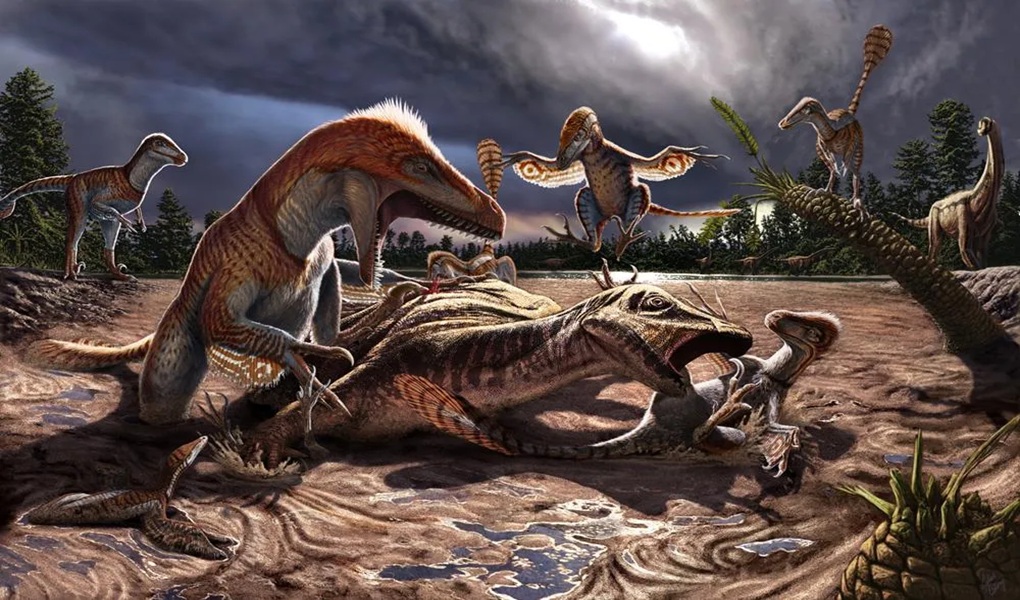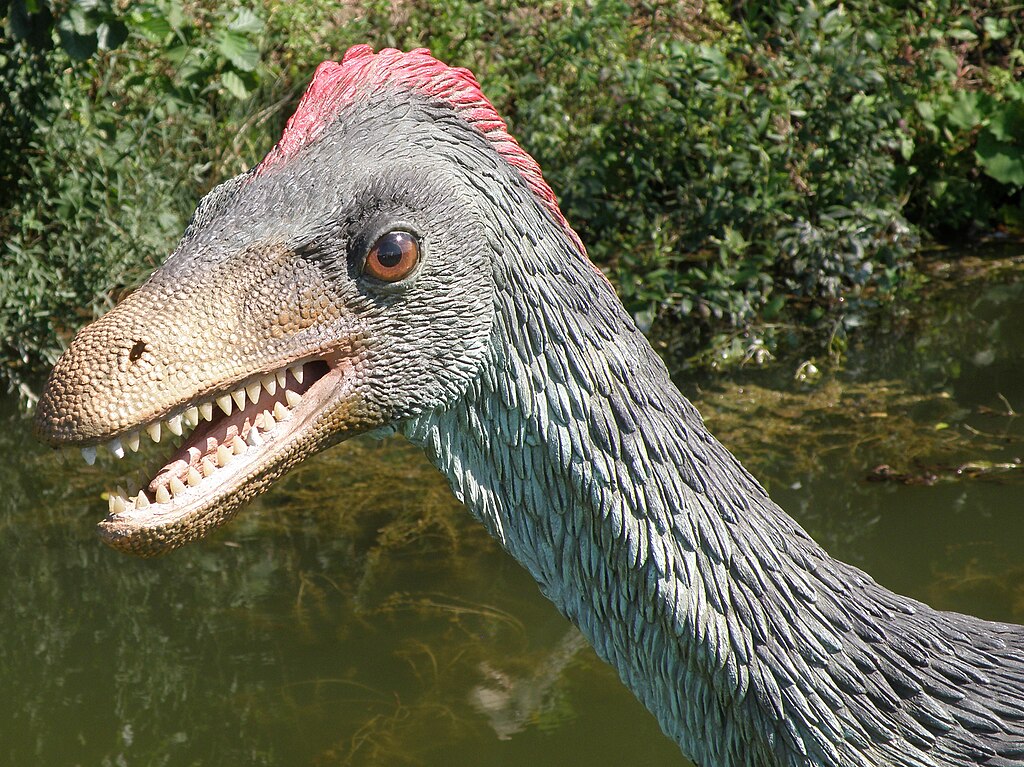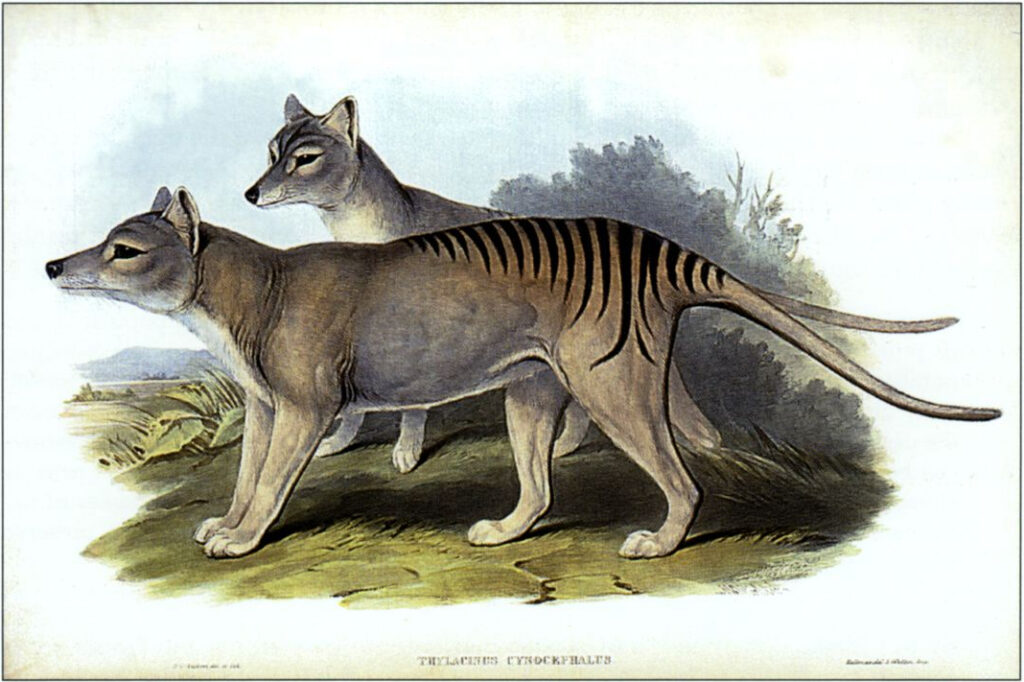Picture this: You’re watching a blockbuster movie when suddenly, a pack of sleek, cunning predators emerges from the shadows. Their razor-sharp claws glint in the dim light as they stalk their prey with terrifying intelligence. But here’s the shocking truth that Hollywood doesn’t want you to know – those movie raptors are about as accurate as a chocolate teapot. The disconnect between cinematic portrayals and scientific reality is so vast that paleontologists often cringe when these prehistoric hunters grace the silver screen.
The Size Deception That Fooled Millions
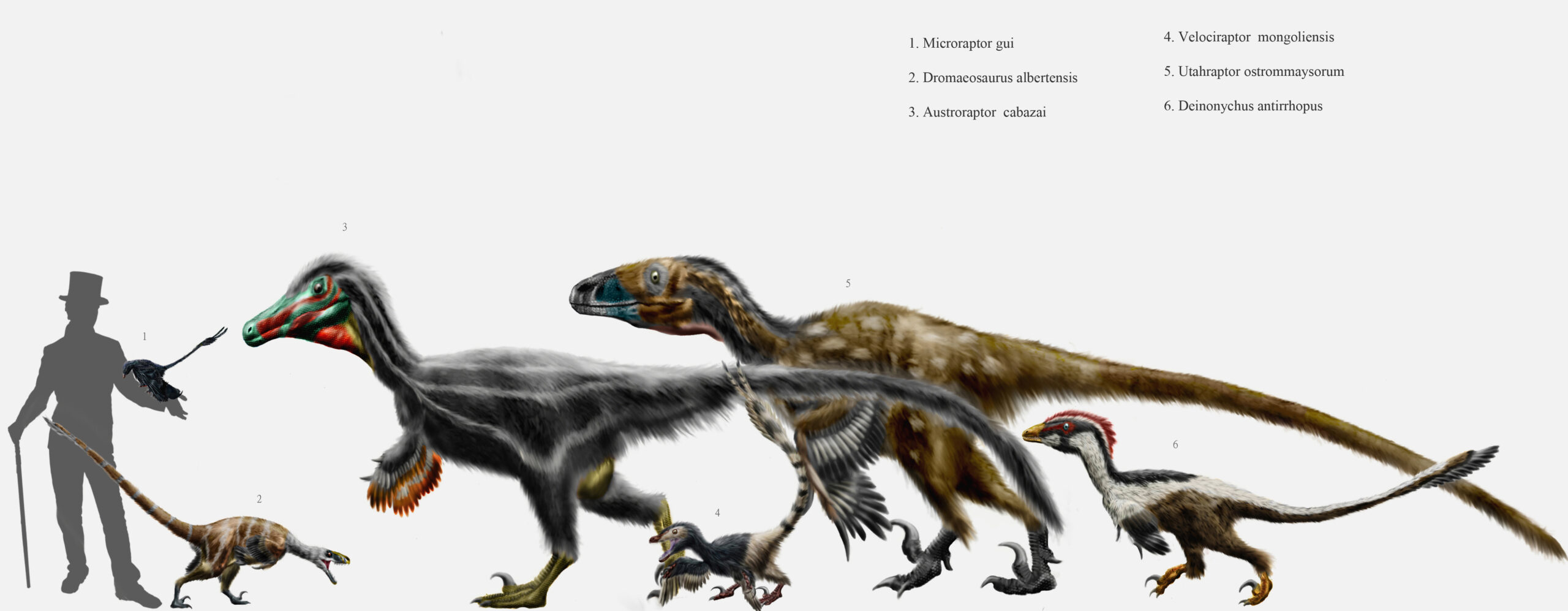
When most people think of raptors, they envision the towering, human-sized predators from Jurassic Park. This couldn’t be further from the truth. Real Velociraptors were actually about the size of a large turkey, standing roughly 1.6 feet tall and weighing around 33 pounds. They were nimble, feathered creatures that looked more like deadly birds than the scaly monsters Hollywood created.
The confusion stems from a case of mistaken identity that has persisted for decades. The movie “raptors” were actually based on Deinonychus, a significantly larger relative that stood about 3 feet tall. Even then, filmmakers took creative liberties, making their versions even more massive and intimidating. This size inflation has become so ingrained in popular culture that many people refuse to believe the real proportions.
Feathers vs. Scales: The Great Cover-Up
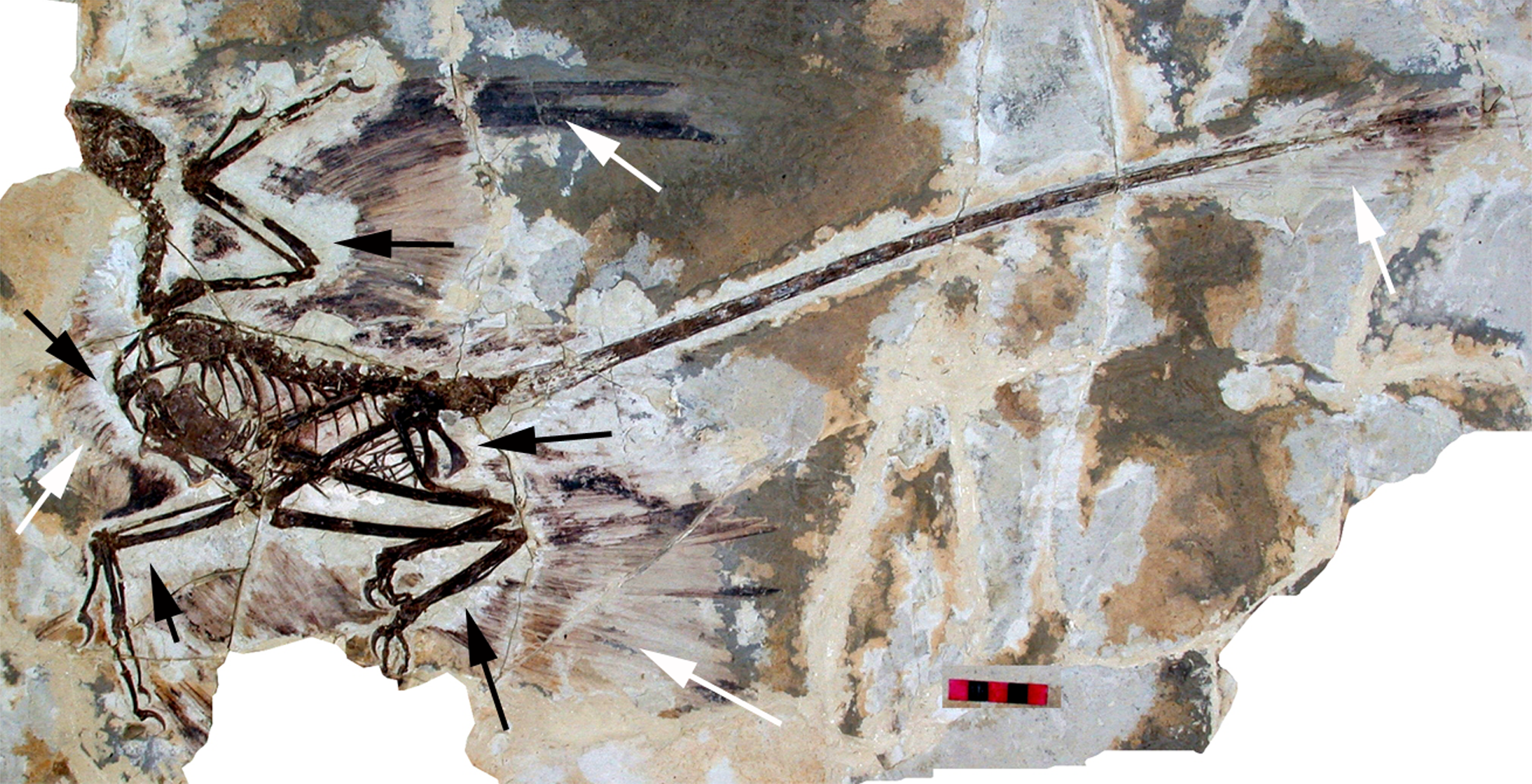
Here’s where things get really interesting – and where movies get spectacularly wrong. Scientific evidence overwhelmingly shows that raptors were covered in feathers, not the reptilian scales we see on screen. These weren’t just simple fuzz either; they had complex, colorful plumage that would have made them look like lethal rainbow chickens.
The feather evidence comes from remarkable fossil discoveries in China, where preserved specimens show clear imprints of feather structures. These feathers served multiple purposes: insulation, display, and possibly even gliding. Imagine a Velociraptor with iridescent blue and green feathers, similar to a modern peacock, and you’re getting closer to reality than any Hollywood production.
The Pack Hunting Myth That Won’t Die
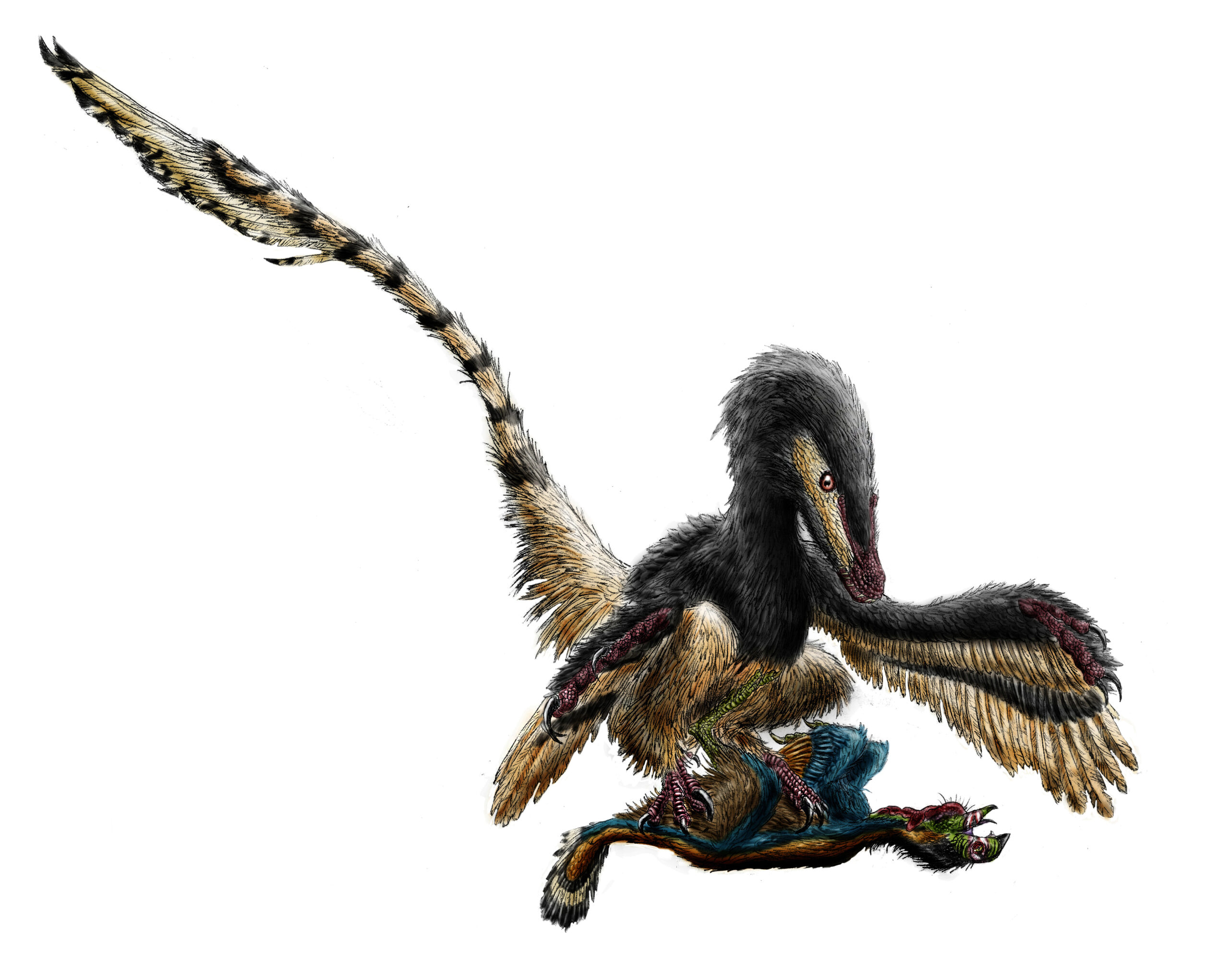
One of the most persistent myths perpetuated by movies is that raptors were sophisticated pack hunters, coordinating complex attacks like wolves. This dramatic portrayal makes for thrilling cinema but lacks solid scientific backing. Current evidence suggests that most raptors were primarily solitary hunters, though some species might have occasionally worked in loose groups.
The pack hunting behavior shown in films requires a level of social intelligence that we simply haven’t found evidence for in raptor brain structures. Their skulls indicate they were clever, but not the tactical geniuses portrayed on screen. Think more opportunistic scavenger than military strategist, and you’ll have a better grasp of their actual behavior.
Speed and Agility: Separating Fact from Fiction
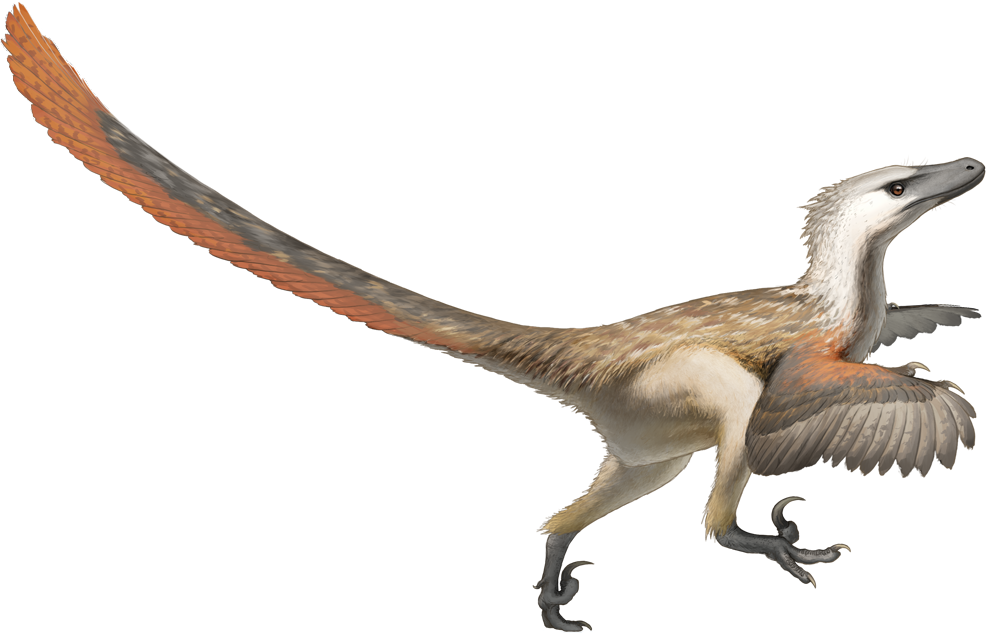
Movies love to show raptors as lightning-fast predators capable of outrunning vehicles and making impossible leaps. While these dinosaurs were indeed quick and agile, the reality is more nuanced. Velociraptors could probably run about 25 miles per hour – fast, but not superhuman fast.
Their real advantage wasn’t raw speed but incredible maneuverability. Those famous sickle claws weren’t just for slashing; they provided excellent grip and stability during quick turns and climbs. Picture a deadly parkour artist rather than a simple speedster, and you’ll understand how these creatures actually moved through their environment.
The Sickle Claw Misconception

Perhaps no feature has been more misrepresented than the raptor’s distinctive sickle claw. Movies typically show these as slashing weapons used to disembowel prey in dramatic, sweeping motions. In reality, these claws were more like climbing picks or grappling hooks, designed for precision rather than wild slashing.
Recent biomechanical studies suggest that raptors used their sickle claws to pin down smaller prey or climb larger animals like living mountaineers. The claw’s curved shape and strength made it perfect for maintaining grip while the raptor used its teeth and smaller claws to deliver the killing blow. It’s less “samurai sword” and more “tactical anchor.”
Intelligence Levels: Smart but Not Scheming
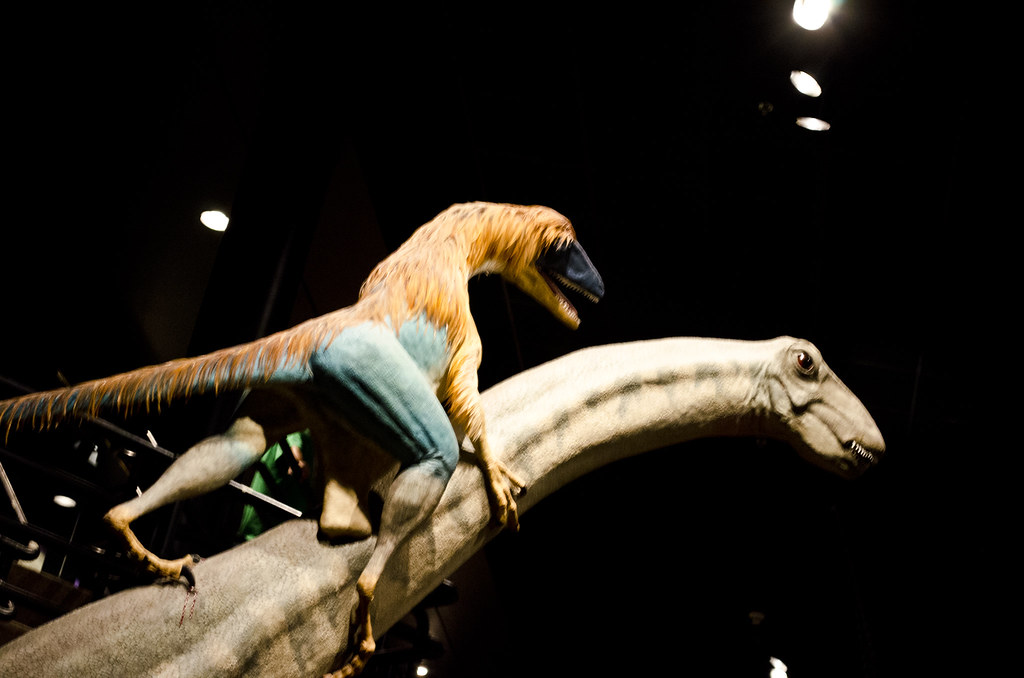
Hollywood loves to portray raptors as almost human-level intelligent, capable of opening doors, setting traps, and even communicating complex strategies. While raptors were certainly intelligent by dinosaur standards, they weren’t the criminal masterminds of the prehistoric world. Their brain-to-body ratio was impressive, roughly equivalent to modern birds like crows or parrots.
This intelligence likely manifested in problem-solving abilities, spatial awareness, and possibly some social recognition. They could probably figure out how to access food sources and navigate complex environments, but planning elaborate ambushes? That’s pure Hollywood fantasy. Think “clever predator” rather than “dinosaur Einstein.”
Vocal Communication: Beyond the Hollywood Hiss
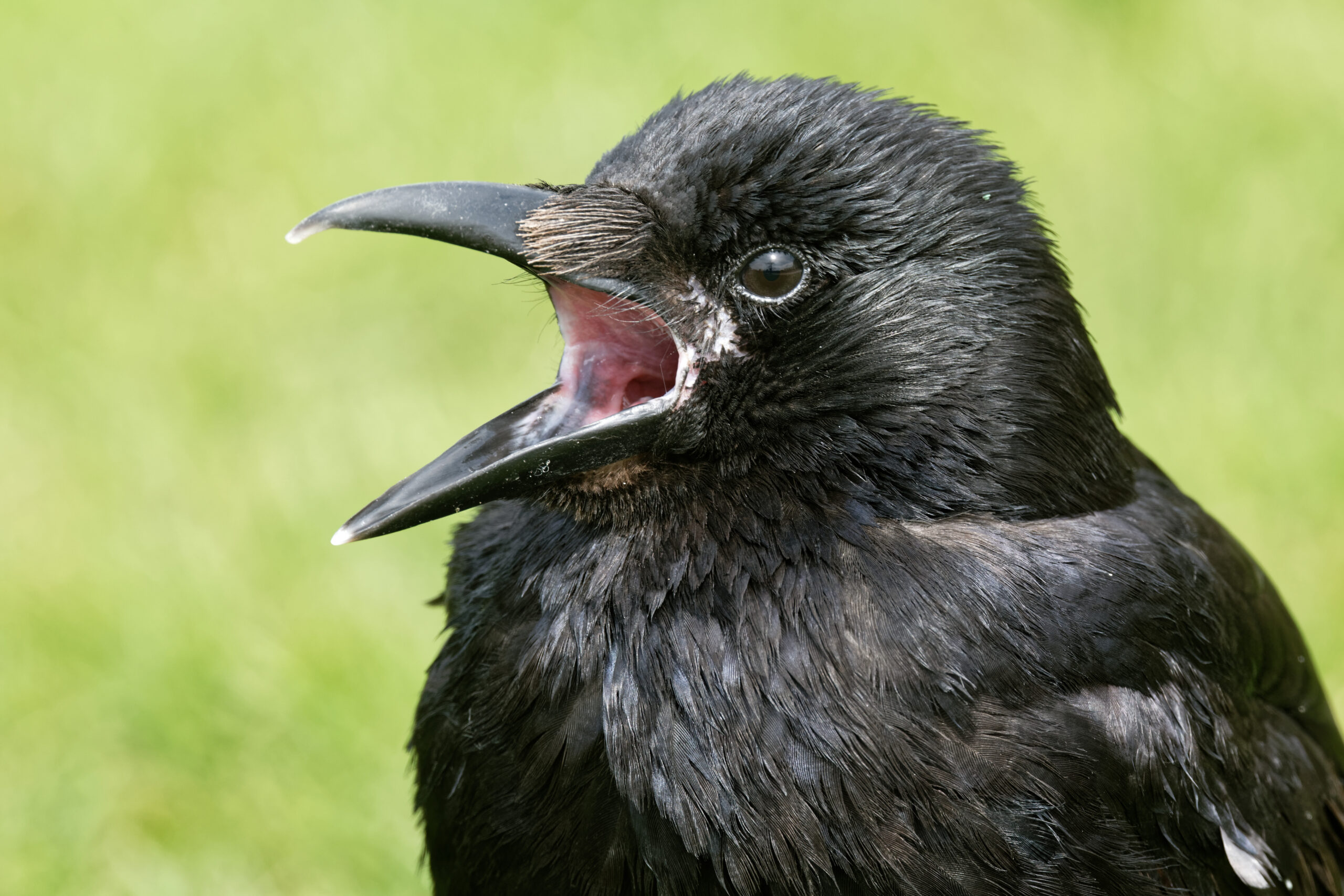
Movie raptors are famous for their menacing hisses, roars, and clicks that sound more reptilian than anything else. Based on their bird-like anatomy and close relationship to modern birds, real raptors probably sounded quite different. They likely produced a variety of chirps, tweets, and possibly even songs.
Some scientists theorize that raptors might have had inflatable throat sacs similar to modern birds, allowing them to create booming calls for long-distance communication. Imagine a fearsome predator that sounded more like a giant, aggressive songbird than a monster from your nightmares. The reality is both less terrifying and more fascinating than fiction.
Environmental Accuracy: Where They Really Lived

Movies often place raptors in lush, tropical environments that look dramatic on screen but aren’t historically accurate. Many raptor species actually lived in much more diverse climates, from arid deserts to temperate forests. The famous Velociraptor, for instance, inhabited the harsh, sandy environments of what is now Mongolia.
This environmental context is crucial because it shaped their behavior and appearance. Desert-dwelling raptors would have had different feather patterns, hunting strategies, and social structures than those living in forests. The one-size-fits-all jungle setting in movies completely ignores this ecological diversity and the amazing adaptations these creatures developed.
Teeth and Bite Force: The Real Weapons
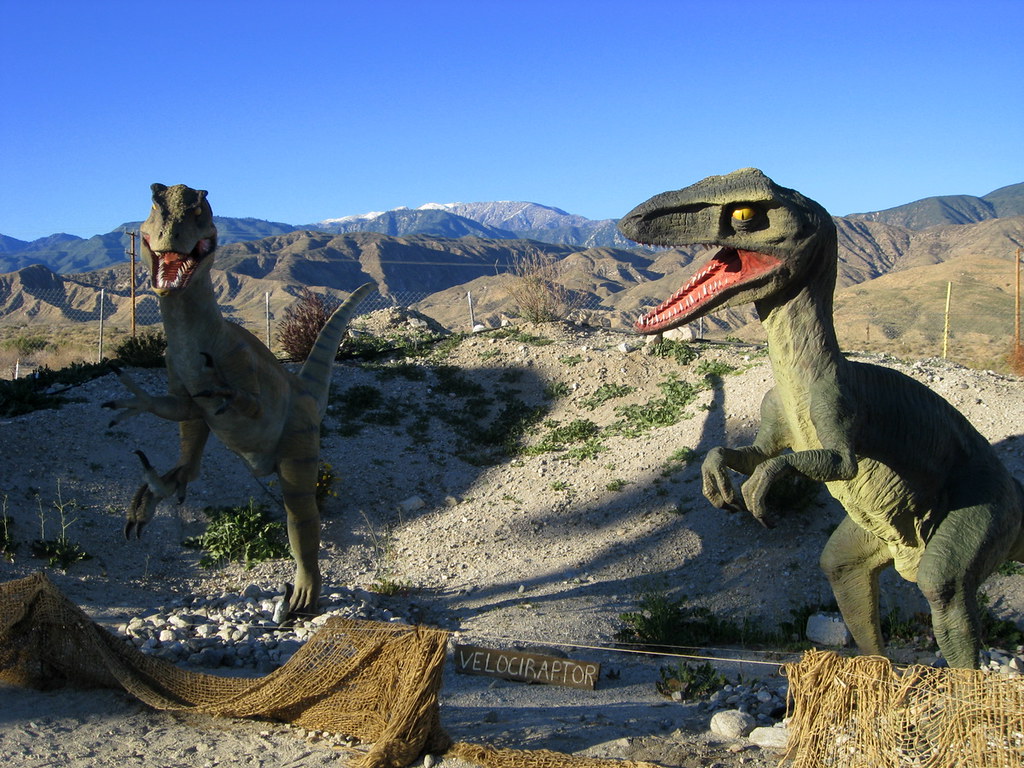
While movies focus heavily on those dramatic sickle claws, they often underplay the raptor’s most effective weapon: their teeth. These weren’t just sharp fangs; they were precisely engineered cutting tools with serrated edges designed for slicing through flesh and crushing bone.
The bite force of a raptor was surprisingly powerful for their size, though not the bone-crushing force shown in films. Their teeth were curved backward to prevent prey from escaping once caught, and they were constantly replaced throughout the raptor’s lifetime. This dental battery was their primary killing tool, with the claws serving more as restraints than weapons.
Social Structure: Loners or Team Players?
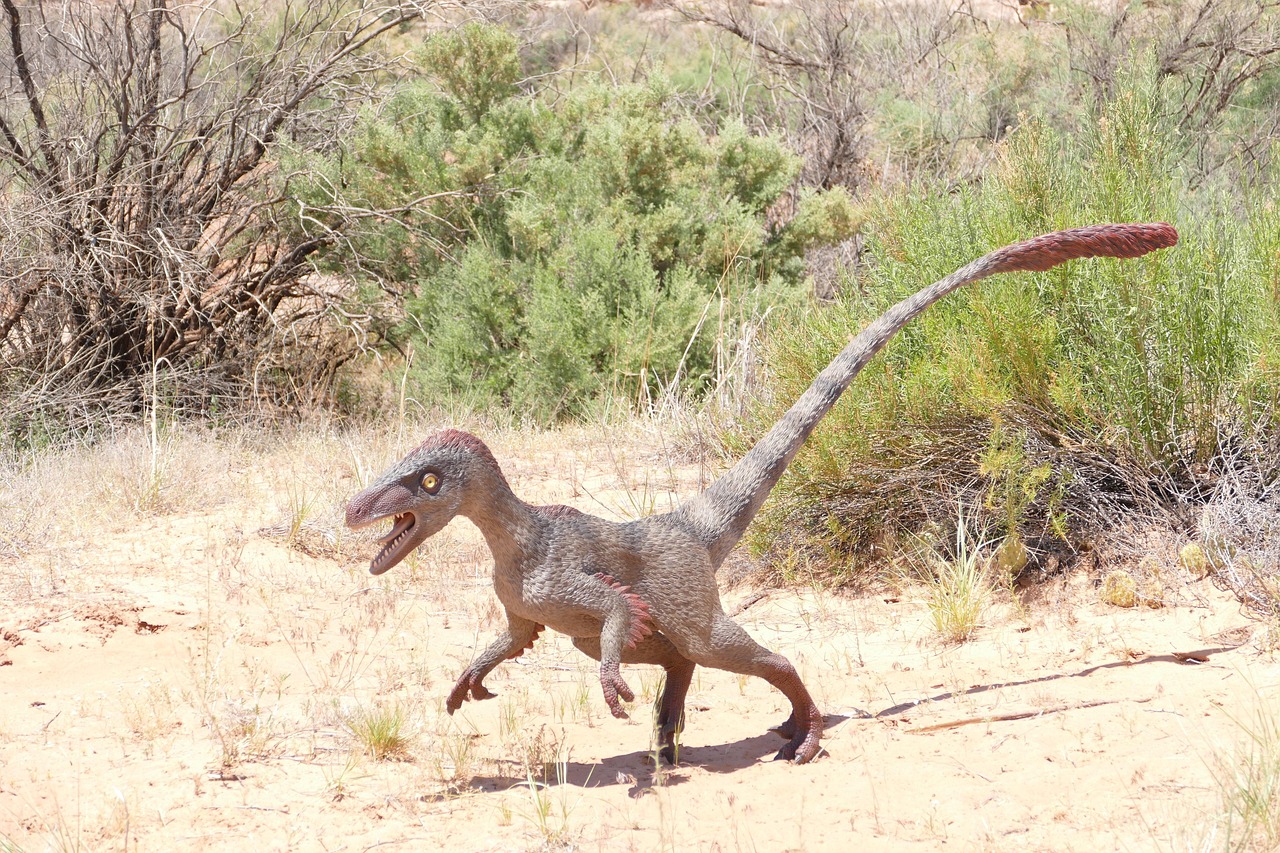
The complex social hierarchies depicted in movies, with alpha leaders and coordinated group tactics, are largely fictional. Most evidence suggests that raptors were relatively solitary creatures, coming together only for mating or when abundant food sources attracted multiple individuals to the same area.
However, some larger raptor species might have engaged in limited cooperative behaviors, similar to modern Komodo dragons or crocodiles. These wouldn’t have been the sophisticated pack dynamics shown in films, but rather opportunistic groupings based on immediate benefits. The reality is far more individualistic than Hollywood would have you believe.
Reproductive Behavior: Nesting and Parental Care

One aspect that movies rarely explore is raptor reproduction and parental behavior. Recent fossil discoveries have revealed that many raptors were devoted parents, sitting on nests and protecting their eggs much like modern birds. Some species even showed evidence of elaborate courtship displays, using their colorful feathers to attract mates.
The discovery of raptor nests with preserved eggs and even embryos has provided fascinating insights into their family life. These creatures likely had complex mating rituals and invested significant energy in raising their young. This nurturing side of raptors is rarely seen in action movies, which prefer to focus on their predatory aspects.
Habitat Preferences: More Than Just Hunters
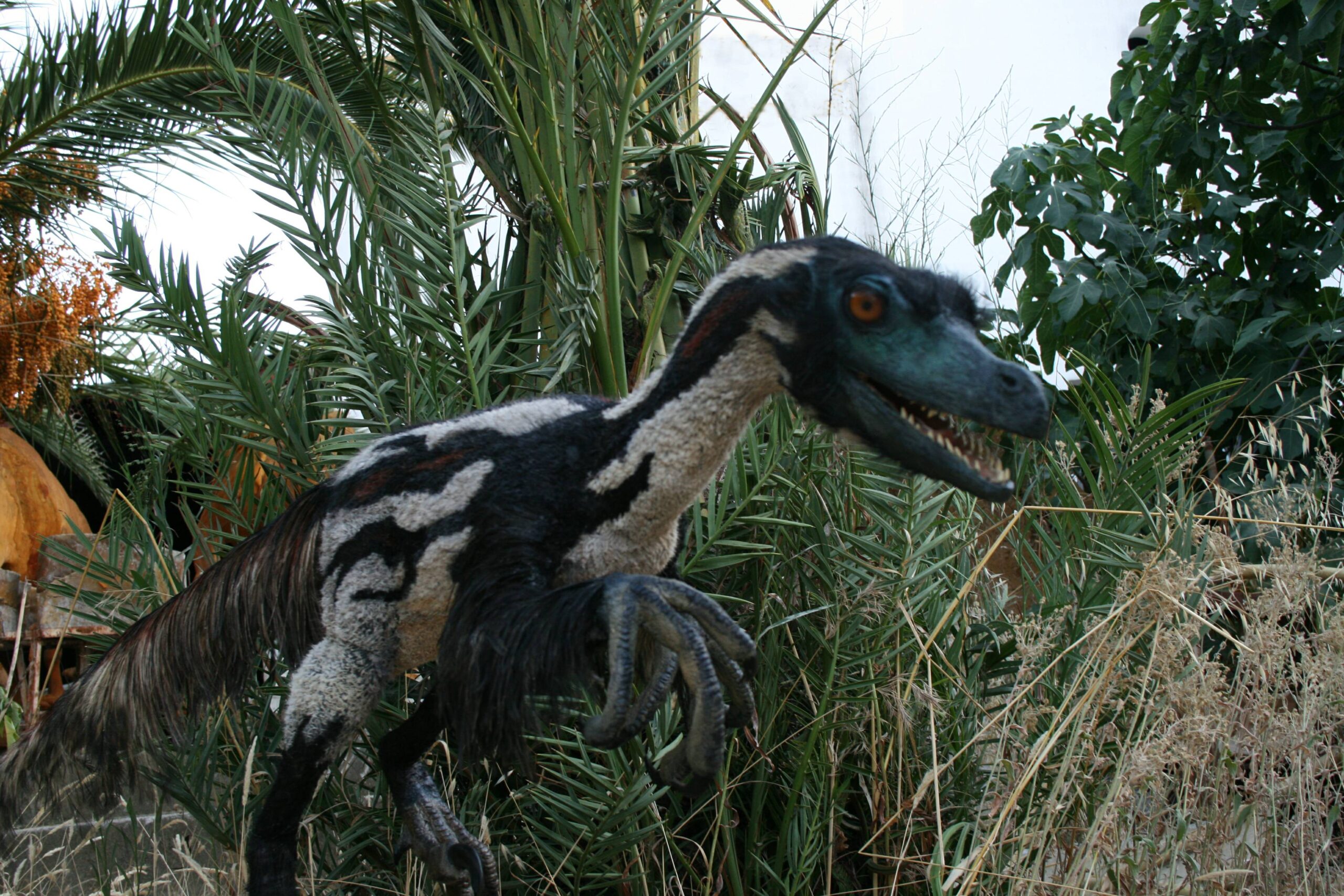
Movies typically show raptors as pure predators, stalking through forests in search of prey. In reality, these creatures were much more adaptable and had varied diets depending on their environment. Some species were likely omnivores, eating everything from small mammals to fish, eggs, and even plants.
Archaeological evidence suggests that raptors were highly adaptable creatures that could thrive in various ecosystems. They weren’t just apex predators but important parts of their ecological communities, filling multiple niches. This adaptability is probably one reason why their bird descendants have been so successful in colonizing virtually every environment on Earth.
Evolutionary Legacy: The Birds Among Us
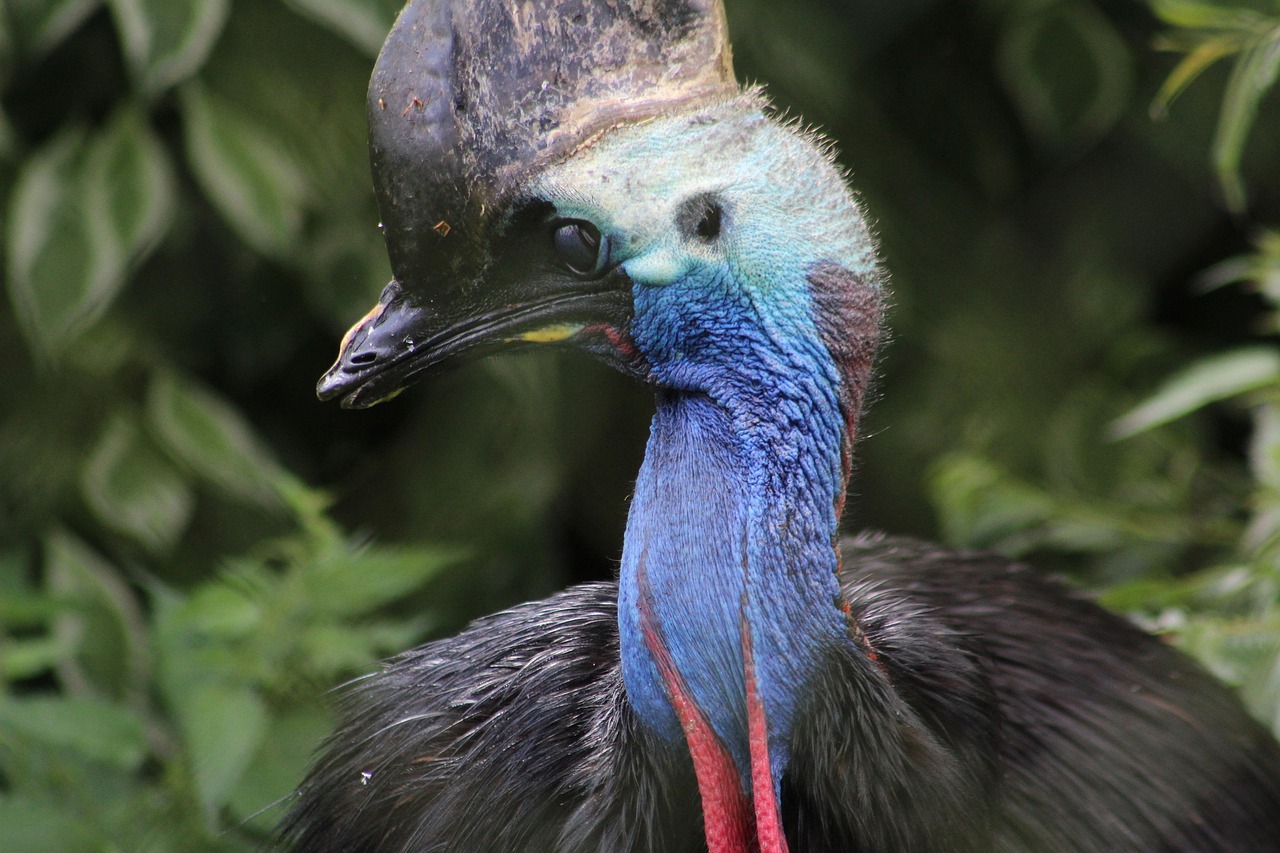
Perhaps the most mind-blowing truth about raptors is that they never really went extinct – they evolved into modern birds. Every time you see a chicken, eagle, or sparrow, you’re looking at a living dinosaur that carries the genetic legacy of these ancient predators. This connection is so strong that scientists now classify birds as dinosaurs rather than as a separate group.
The transformation from feathered raptor to modern bird involved countless adaptations over millions of years. Flight capability, specialized beaks, and complex social behaviors all evolved from the basic raptor body plan. Understanding this connection helps us appreciate both the ancient past and the incredible diversity of life that surrounds us today.
Modern Scientific Methods: How We Know What We Know
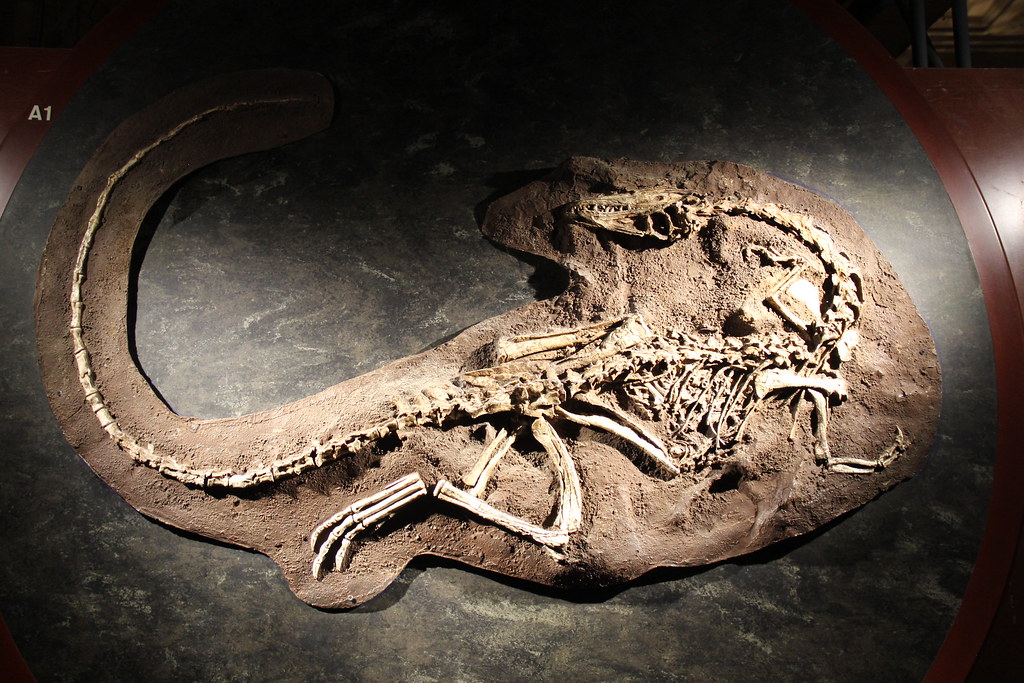
The gap between movie raptors and scientific reality exists partly because paleontology has advanced rapidly in recent decades. New technologies like CT scanning, chemical analysis, and advanced microscopy have revealed details about dinosaur biology that were impossible to detect when many popular films were made.
These modern techniques have revolutionized our understanding of raptor anatomy, behavior, and ecology. We can now analyze fossilized proteins, determine color patterns from preserved melanosomes, and even study dinosaur breathing patterns. Each new discovery adds another piece to the puzzle, often contradicting long-held assumptions about these remarkable creatures.
The Cultural Impact of Inaccurate Portrayals
The persistence of inaccurate raptor portrayals in movies has had profound effects on public perception of paleontology and prehistoric life. Many people’s first and strongest impressions of dinosaurs come from entertainment media rather than scientific sources. This creates a challenging situation for educators and scientists who must constantly battle misconceptions.
However, there’s also a positive side to this cultural phenomenon. Movies have sparked interest in paleontology and prehistoric life among millions of people who might never have considered these topics otherwise. The key is building on that initial interest with accurate, engaging information that reveals the true wonder of these ancient creatures. The real story of raptors is far more fascinating than any Hollywood fiction, filled with surprising discoveries that continue to reshape our understanding of life on Earth.
Did you expect that the reality would be so different from what you’ve seen on screen?

